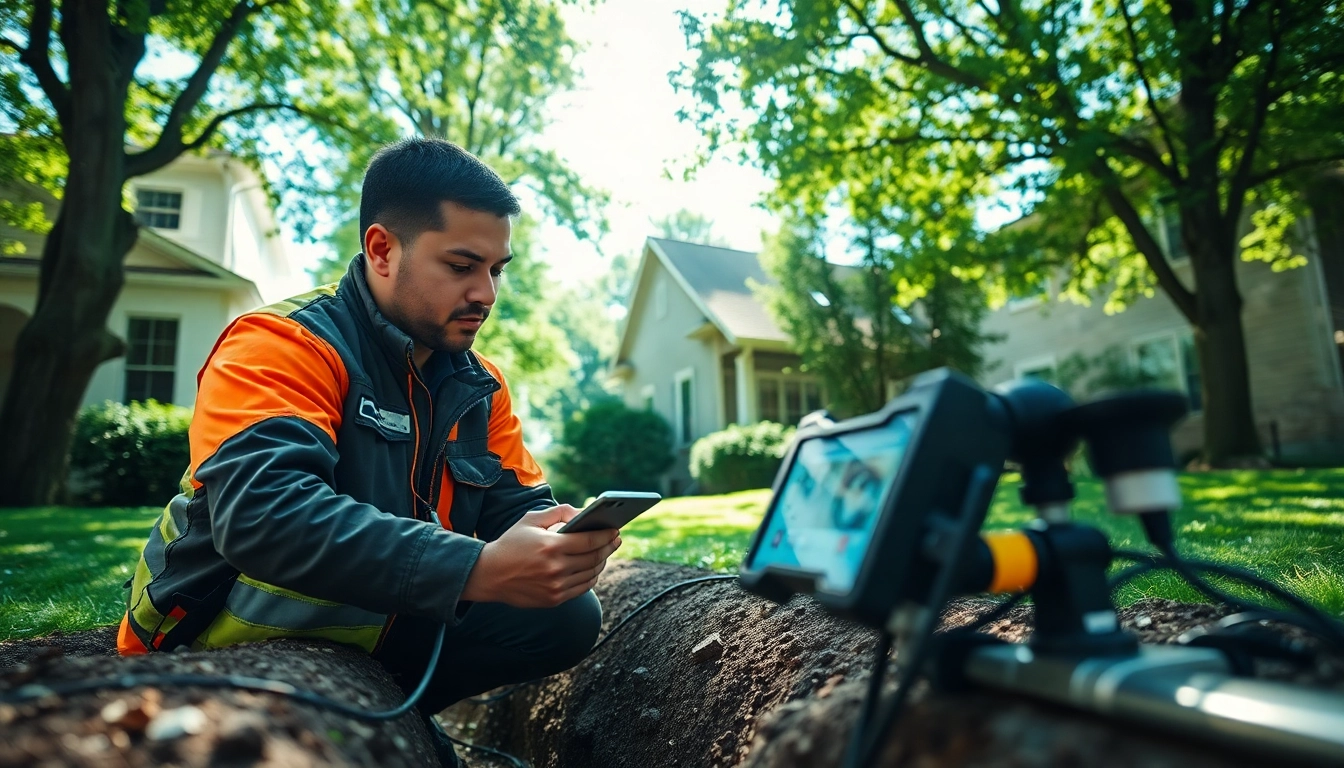Understanding Business Gamification
What is Business Gamification?
Business gamification is the application of game-design elements in non-game contexts to enhance user engagement, motivation, and productivity. By integrating game-like features into existing processes or workflows, businesses aim to make tasks more enjoyable and rewarding. This approach leverages traditional gaming elements such as points, badges, and leaderboards to encourage participation from employees and customers alike. Particularly in today’s competitive landscape, business gamification has proven to be an effective strategy for enhancing employee performance and improving customer interaction.
The Psychology Behind Gamification in a Business Setting
The efficacy of gamification lies in its foundation on various psychological principles. For instance, concepts such as intrinsic and extrinsic motivation come into play when users interact with gamified systems. Intrinsically, gamification can enhance engagement by making tasks more enjoyable and fulfilling. Externally, elements like rewards and recognition motivate users to achieve certain goals. The application of these psychological triggers fosters a competitive yet collaborative environment where individuals thrive on achieving objectives and receiving acknowledgment. Understanding these principles helps in designing effective gamification strategies tailored for different business objectives.
Benefits of Implementing Business Gamification
The benefits of implementing business gamification are substantial and varied:
- Increased Engagement: Gamified systems encourage participation and interest, making routine tasks more appealing.
- Enhanced Learning: By applying gamification in training and development, businesses can create engaging and interactive learning experiences that lead to better retention of knowledge.
- Improved Team Collaboration: Gamification can break departmental silos by promoting teamwork through shared goals and incentives.
- Higher Productivity: Through motivating features, employees are more likely to be productive, closing performance gaps and meeting deadlines.
- Insightful Data Collection: Gamified systems often incorporate data tracking, allowing organizations to glean insights about employee performance and areas needing improvement.
Key Components of Successful Gamification
Integrating Game Mechanics: Points, Badges, and Leaderboards
To effectively implement gamification, businesses must thoughtfully integrate game mechanics that resonate with their audience. Points serve as a fundamental element; they can be awarded for completing tasks or reaching specific milestones. These incentivize users and create a benchmark for progress. Badges represent achievements and encourage a sense of accomplishment, while leaderboards can foster friendly competition among users, motivating them to strive for better performance. However, the key to successful integration lies in ensuring these elements align with the organization’s goals and enhance the overall user experience.
Designing Engaging User Experiences
A well-designed user experience is pivotal to the success of gamification strategies. This involves creating intuitive interfaces that are easy to navigate and interact with. User feedback should drive the design process, collecting insights that help refine and enhance the platform. Additionally, it’s crucial to design experiences that are not only engaging but also meaningful to the user. This involves understanding what motivates the target audience, whether it be competition, appreciation, or mastery, and tailoring experiences that fulfill these needs.
Aligning Gamification with Business Goals
For gamification efforts to yield positive results, they must align with overarching business goals. This means identifying objectives such as improving employee engagement, enhancing customer loyalty, or driving sales growth, and ensuring that gamified initiatives support these aims. By establishing measurable KPIs related to performance objectives, organizations can evaluate the efficacy of their gamification strategies. Regularly reviewing outcomes against goals is essential for continuous improvement and alignment.
Common Challenges in Business Gamification
Identifying the Right Gamification Strategies
One of the primary challenges businesses face is identifying the right gamification strategies that will resonate with their users. This requires thorough research, understanding user demographics, behaviors, and motivational drivers. Moreover, not all gamification approaches will suit every organization or its culture. Conducting pilot programs or focus groups can help businesses test different strategies before a full-scale rollout.
Overcoming Employee Resistance
Implementing new methods like gamification can sometimes meet resistance from employees who may be skeptical or uninterested. To ease this transition, it’s essential to communicate the benefits clearly and involve staff in the process from the beginning. Providing ample training on how to utilize gamified systems and illustrating the positive outcomes of participation can help mitigate resistance.
Measuring the Effectiveness of Gamified Approaches
Measuring the success of gamification initiatives can pose its own set of challenges. Organizations need to establish meaningful metrics that correlate success with the gamified elements. This can include looking at engagement rates, completion rates, and overall productivity. Moreover, qualitative feedback from participants can provide valuable insights into what aspects of the gamified system are effective or need improvement. Regular assessments and feedback loops will ensure the experience remains beneficial and relevant.
Best Practices for Gamifying Your Business
Effective Communication and Implementation
Effective communication is vital when introducing gamification in a business setting. Clearly articulating the purpose, benefits, and functionality of gamified systems to employees will encourage their buy-in and engagement. An iterative approach to implementation allows for real-time feedback, enabling businesses to address concerns and make necessary adjustments promptly. Ensuring that employees know how to participate and what’s expected of them will lay a solid foundation for future success.
Selecting the Right Tools and Technologies
The choice of tools and technologies for implementing gamification can greatly impact its success. Businesses should consider platforms that not only provide gamification capabilities but also integrate well with existing systems and workflows. Scalability is a critical feature, allowing organizations to adapt as their needs evolve. Additionally, the solution should support customizability to ensure alignment with branding and organizational objectives.
Continuous Feedback and Improvement
Continuous improvement is fundamental to maintaining an effective gamified experience. Collecting ongoing feedback from users is essential to understanding their experiences and feelings towards the system. Regularly monitoring performance metrics and engaging in iterative development can lead to enhancements that keep the gamified element fresh and engaging. Adapting and evolving the gamification strategy to align with changing organizational objectives and user expectations will help sustain long-term success.
Real-World Examples of Business Gamification
Case Study: How Nike Uses Gamification
Nike has pioneered gamification through its Nike Run Club app, which encourages users to set goals and compete with friends. The app incorporates features like tracking distances run, achieving milestones, and social sharing, which keep users motivated and invested in their fitness journeys. Through these gamification techniques, Nike effectively enhances customer engagement and fosters a community around its brand.
Successful Gamification in Employee Training by XYZ Corp.
XYZ Corp. recently revamped its employee training program by integrating gamification. The new system allowed employees to earn points for completing modules, achieving high scores on quizzes, and participating in team training exercises. By introducing leaderboards and badges for top performers, XYZ Corp. observed a significant increase in training completion rates and overall employee satisfaction. This example highlights how gamification can transform traditional training approaches into engaging, motivational experiences.
Innovative Customer Engagement Strategies Using Gamification
Starbucks has mastered customer engagement through its loyalty program, which gamifies the purchase experience. Customers earn stars for each purchase, which they can redeem for various rewards, creating an ongoing incentive to engage with the brand. The reciprocity established through this gamified system not only enhances customer loyalty but also fosters a deeper connection between shoppers and the Starbucks brand, demonstrating the powerful impact of gamification in marketing.




